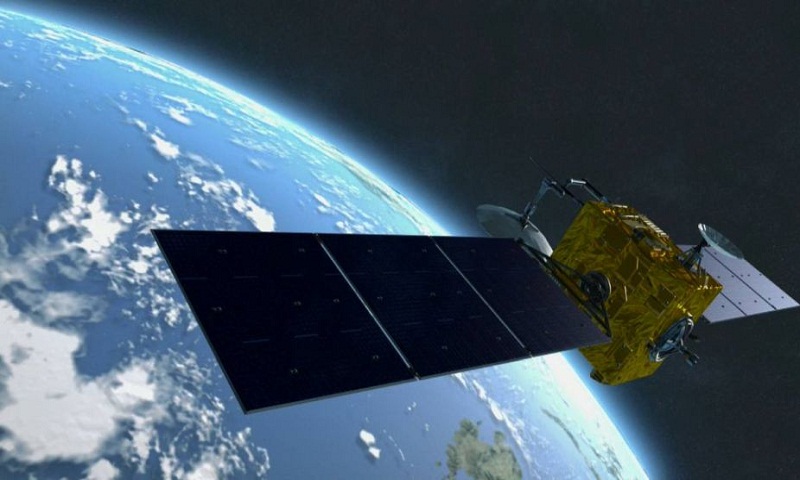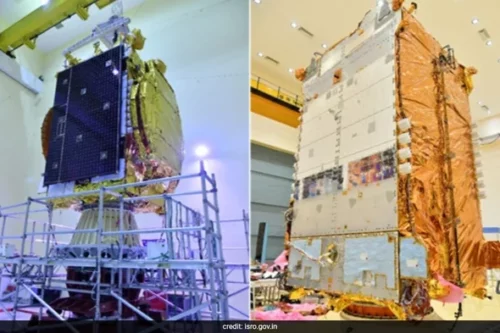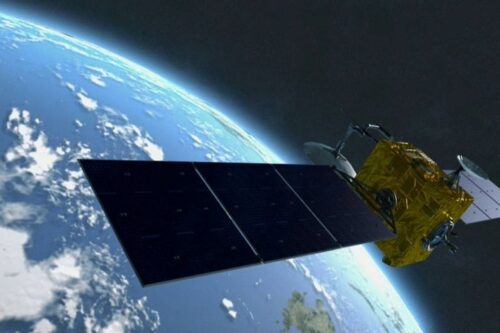
Back to selection
GEO Satellite
GSAT-20 (GSAT-N2, CMS-03) GEO
succesfull
Launch date
18 November 2024
Dedicated Mission
Country

Purpose
Communication
Position
68° East
Manufacturer
Indian Space Research Organization (ISRO)
Operator
Launch operator
Launch vehicle
Falcon 9
Expected lifetime
15+ Years

Region
Asia Pacific Region
GSAT-20 (GSAT-N2 / CMS-03): India’s High-Throughput Communication Satellite
Overview
GSAT-20, officially designated GSAT‑N2 and internally as CMS‑03, is a high-throughput geostationary communications satellite developed by ISRO’s Satellite Centre and Space Applications Centre, and operated by NewSpace India Limited (NSIL) Positioned at 68° East, it serves India’s Smart Cities mission, in-flight connectivity, and broadband expansion efforts, including remote regions like the Andaman, Nicobar, and Lakshadweep Islands
Specifications & Capabilities
- Launch Mass: ~4,700 kg (~10,360 lb)
- Operational Life: 14 years
- Platform: ISRO’s indigenous I-4K (I‑4000) bus based on Carbon-Fiber Reinforced Polymer structure
- Payload: Ka-band high-throughput (HTS) with 48 Gbps capacity, using 32 spot beams (8 focused on Northeast India, 24 covering the rest of the country), enhanced frequency reuse architecture
Launch Details
- Launch Date: November 18, 2024, 18:30 UTC
- Launch Vehicle: SpaceX Falcon 9 Block 5 from Cape Canaveral SFS, FL, marking ISRO’s first launch on a US rocket
- Orbit: Initially inserted into GTO; later transferred to geostationary orbit at 68°E
Mission Purpose
GSAT‑20 expands India’s digital infrastructure through:
- High-speed broadband and smart services
- Reliable in-flight and rural connectivity
- Enabling remote education, telemedicine, and other e-governance initiatives in underserved regions
- Supporting subscriber-dependent services like Dish TV, contributing to public and private partnerships
Historic Significance
- It is ISRO’s heaviest domestic satellite launched to date
- Represents India’s first commercial satellite launch on a US rocket
- Reflects strategic policy shifts under NSIL’s demand-driven commercialization, following GSAT‑24 (2022.
GEO Satellite
GSAT-20 (GSAT-N2, CMS-03)
succesfull
GEO Satellite
GSAT-20 (GSAT-N2, CMS-03)
succesfull
GEO Satellite
GSAT-20 (GSAT-N2, CMS-03)
succesfull

